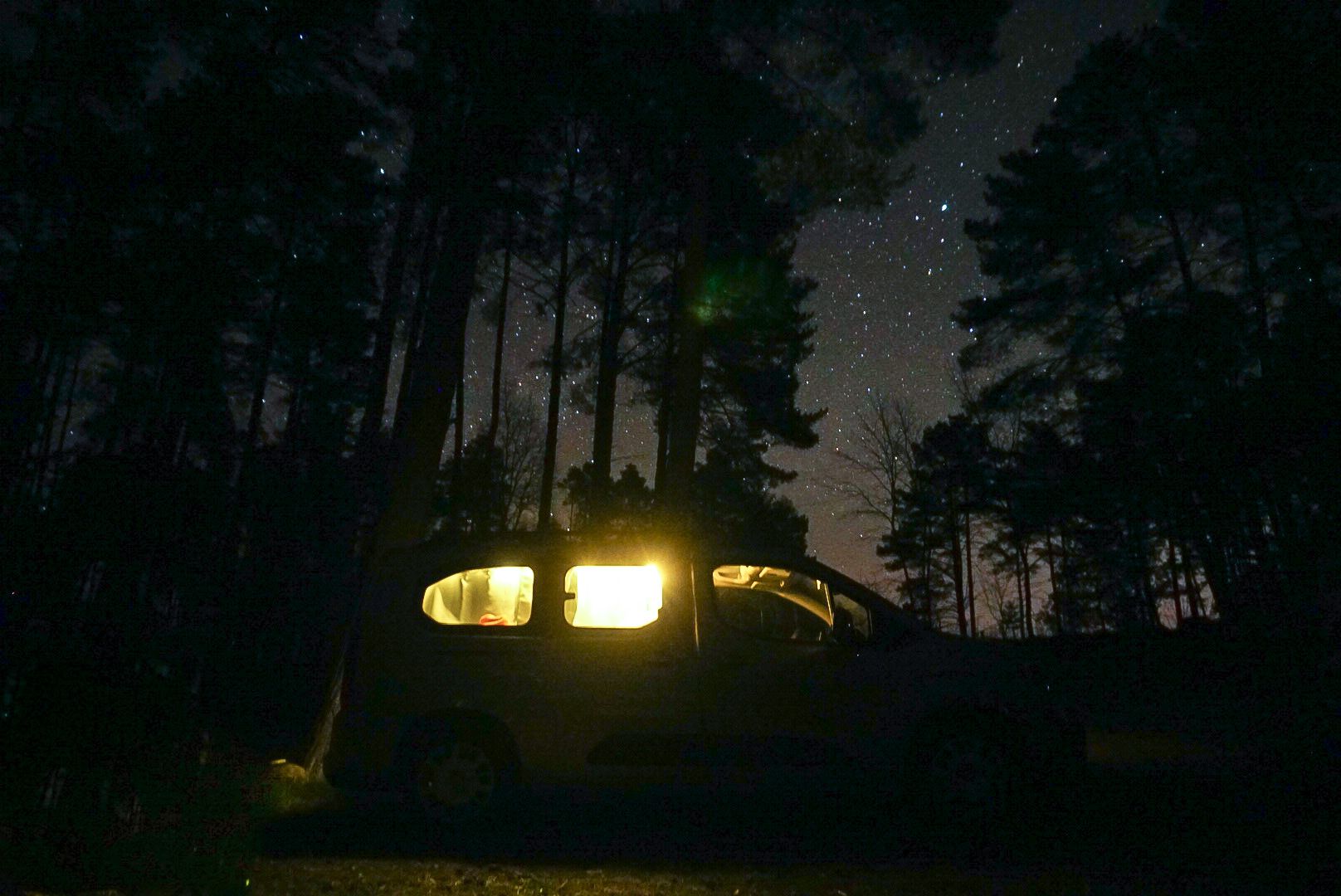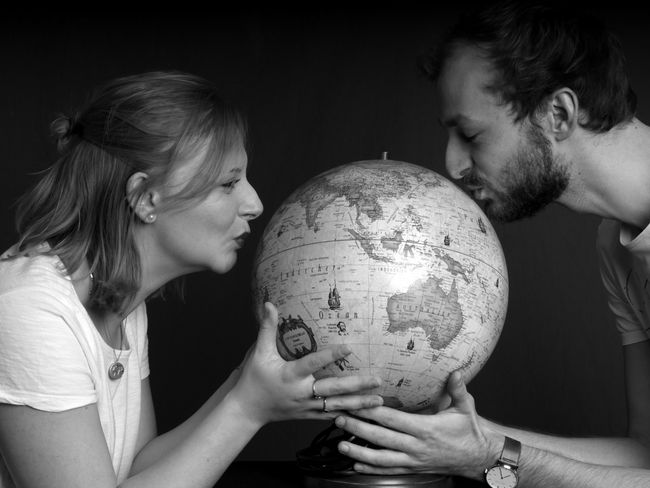In a land before our time... Dino tracks in Torotoro
प्रकाशित: 03.12.2022
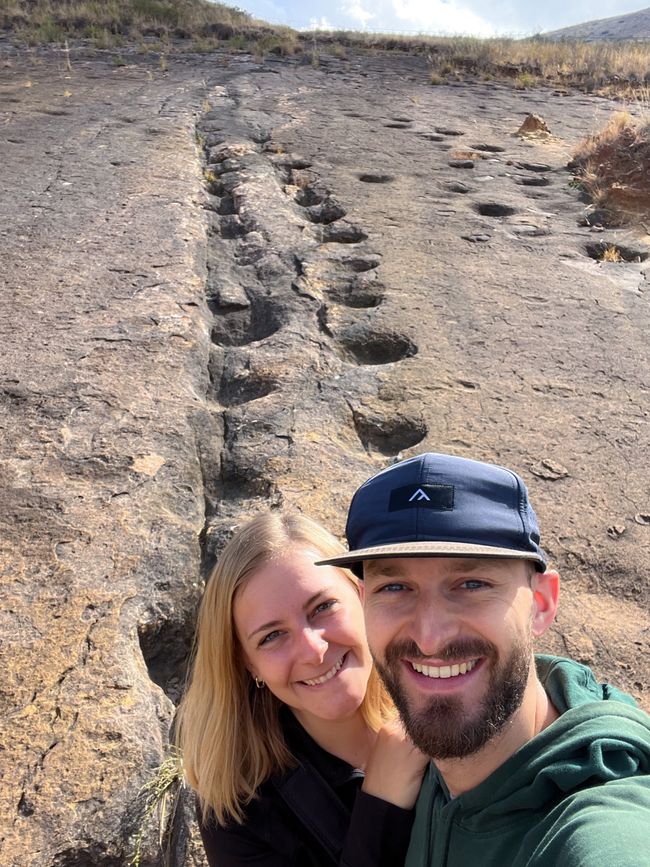
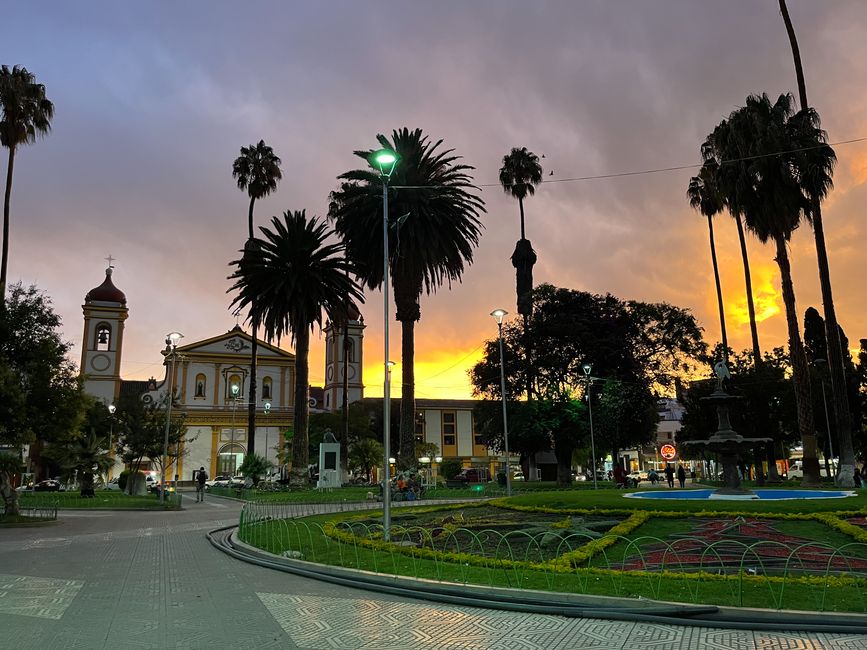
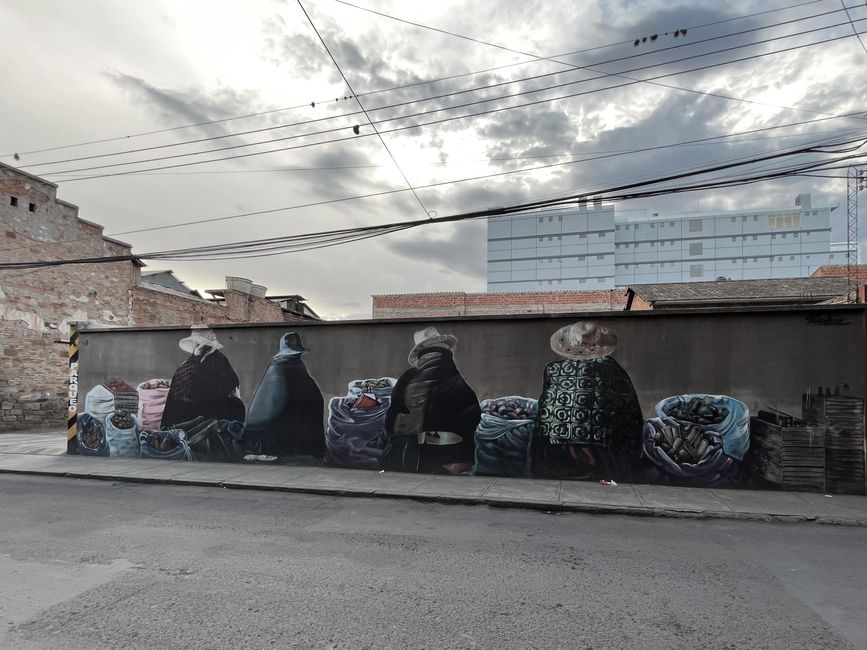
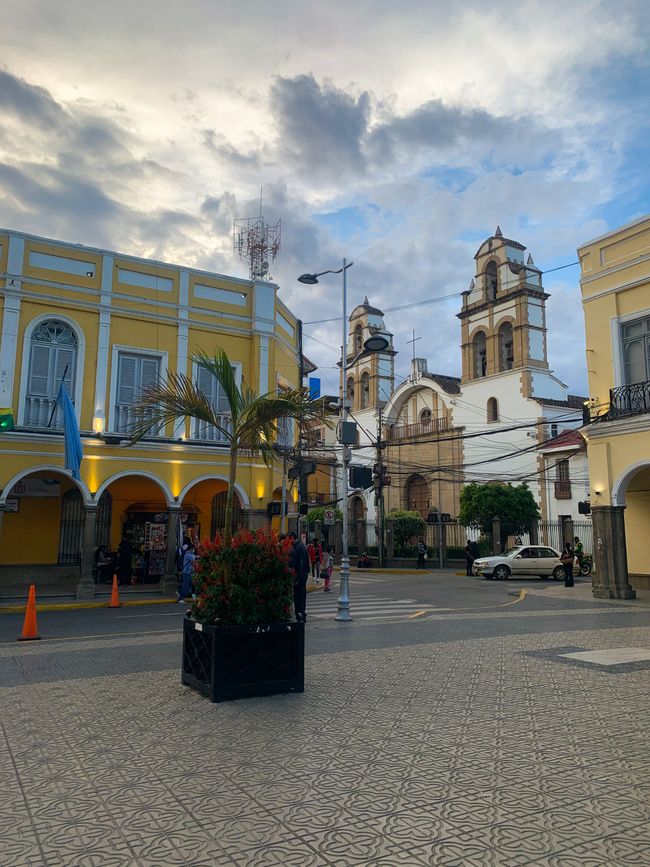
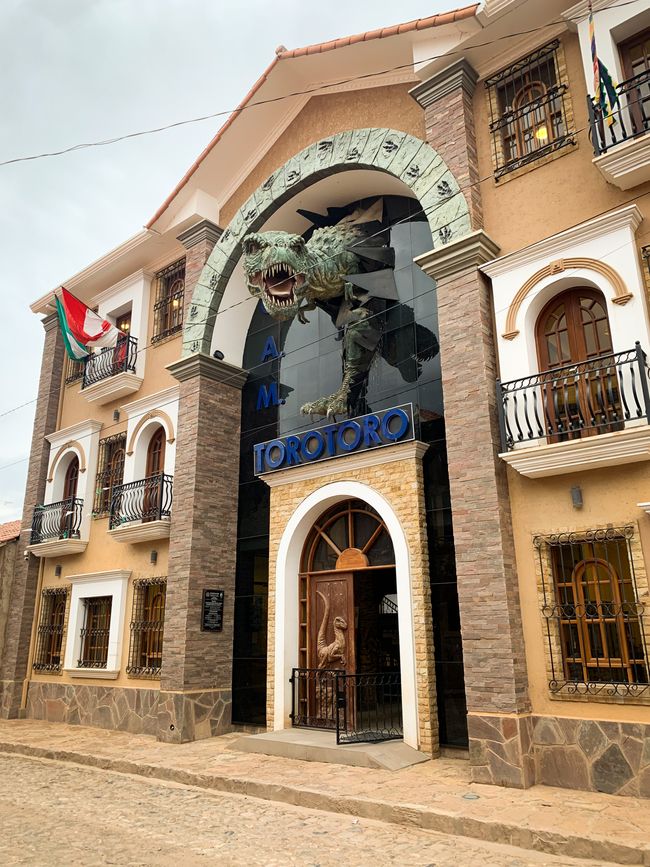
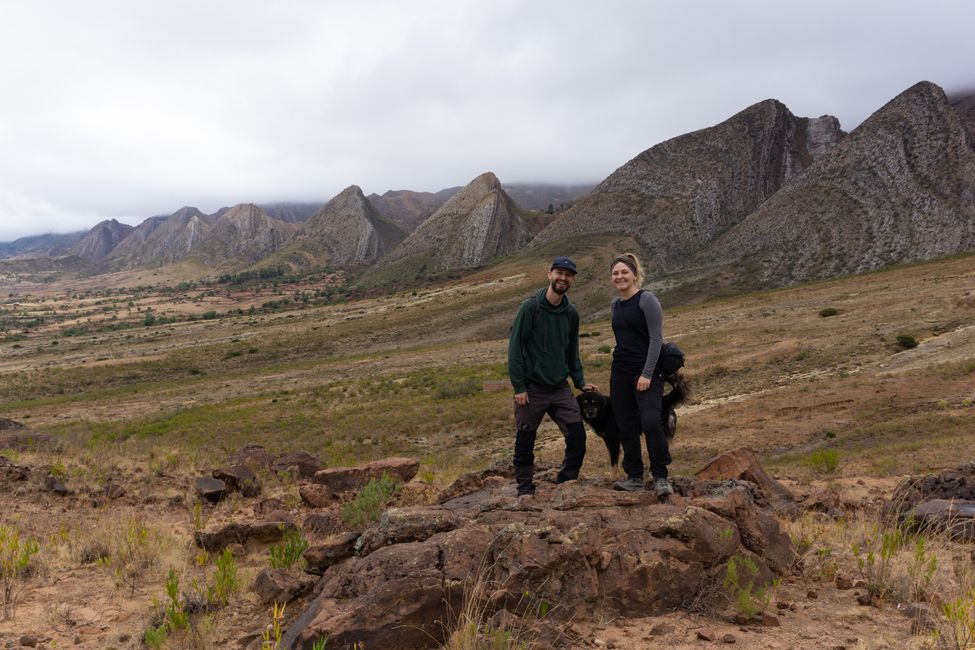
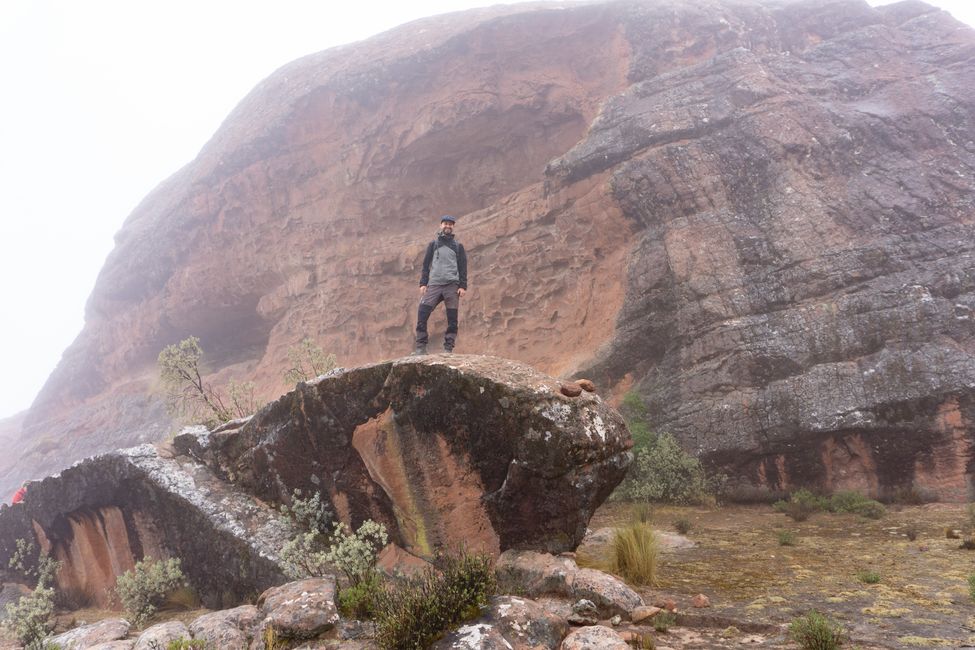
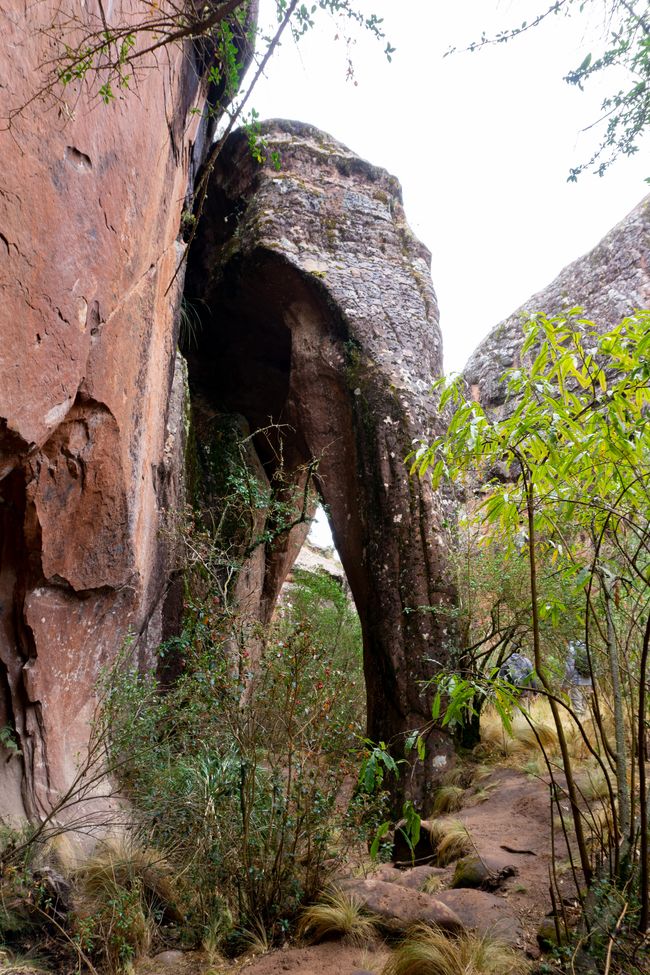
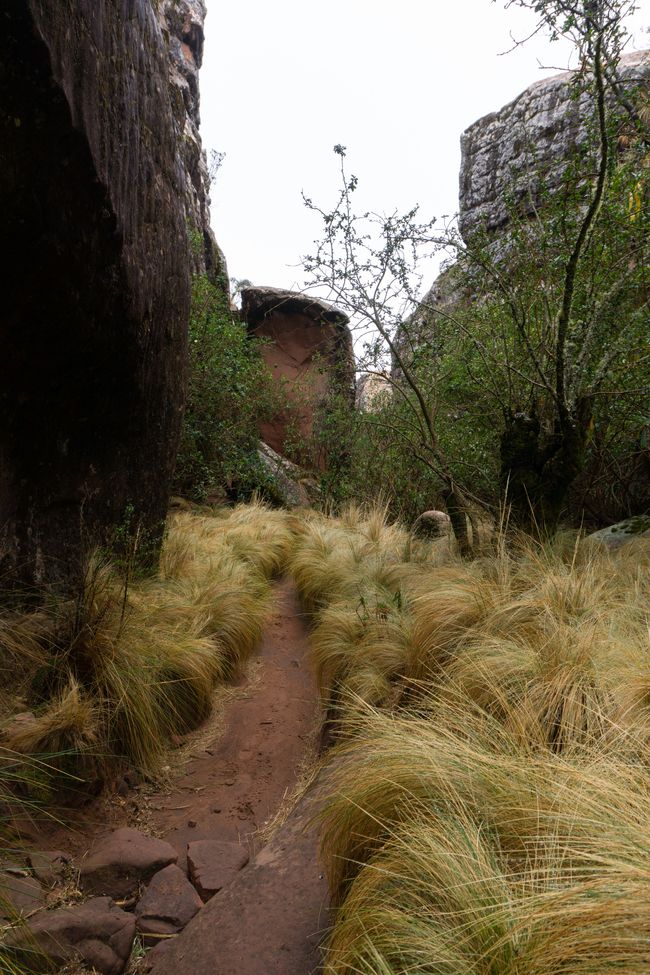
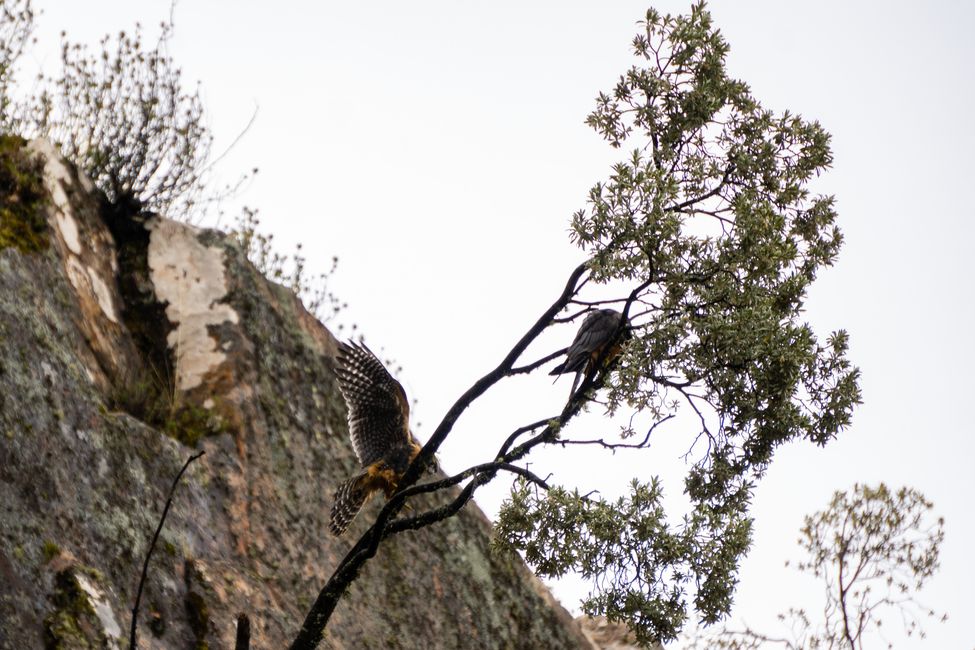
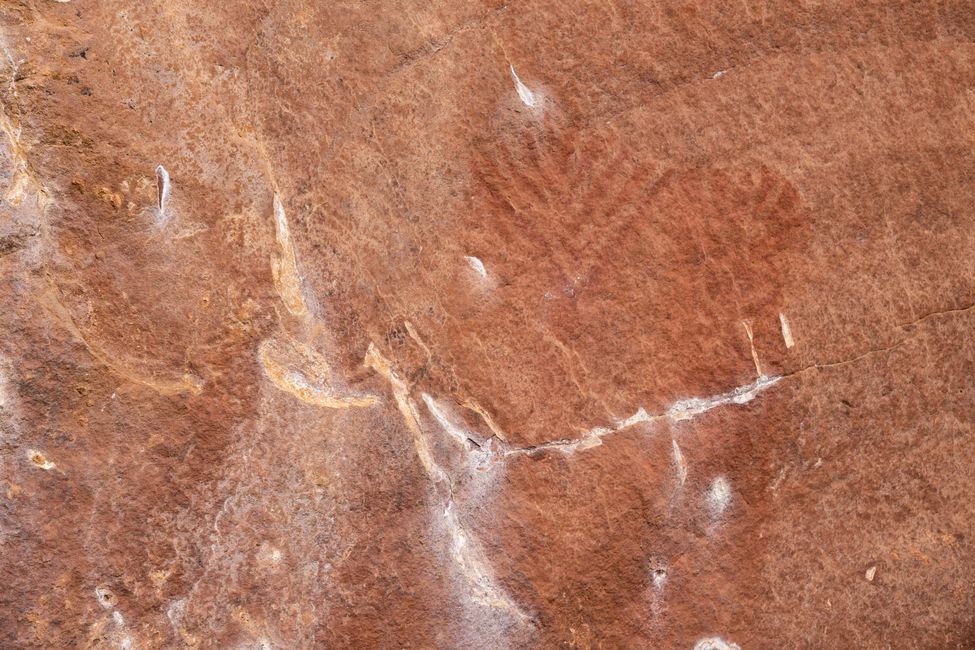
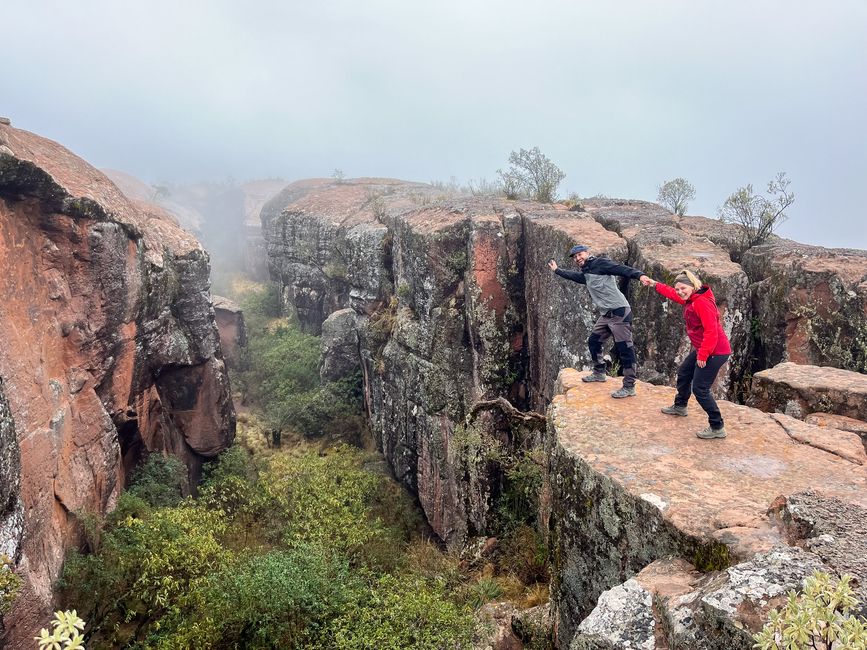
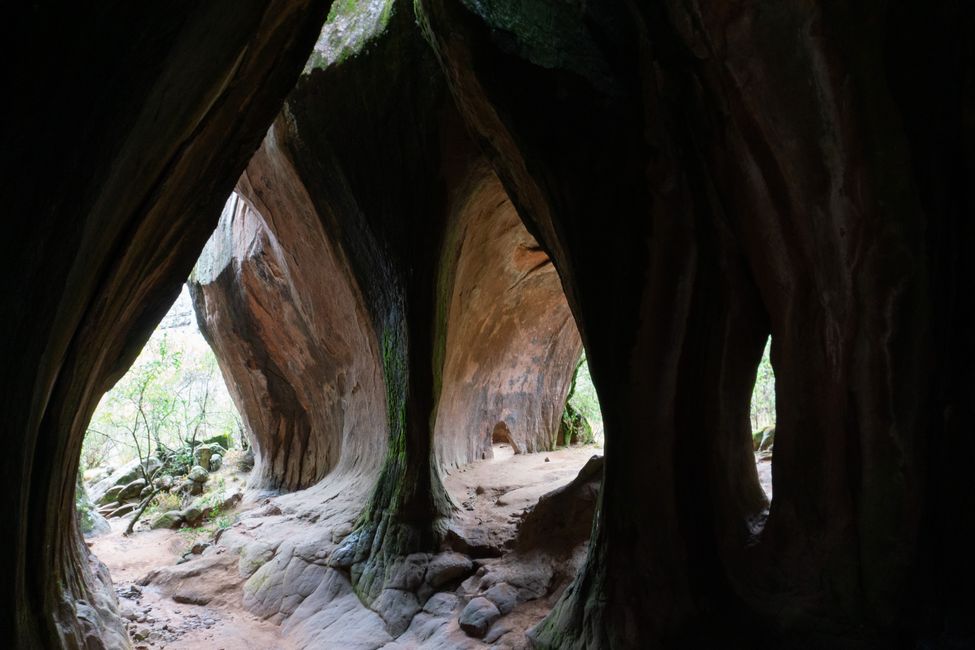
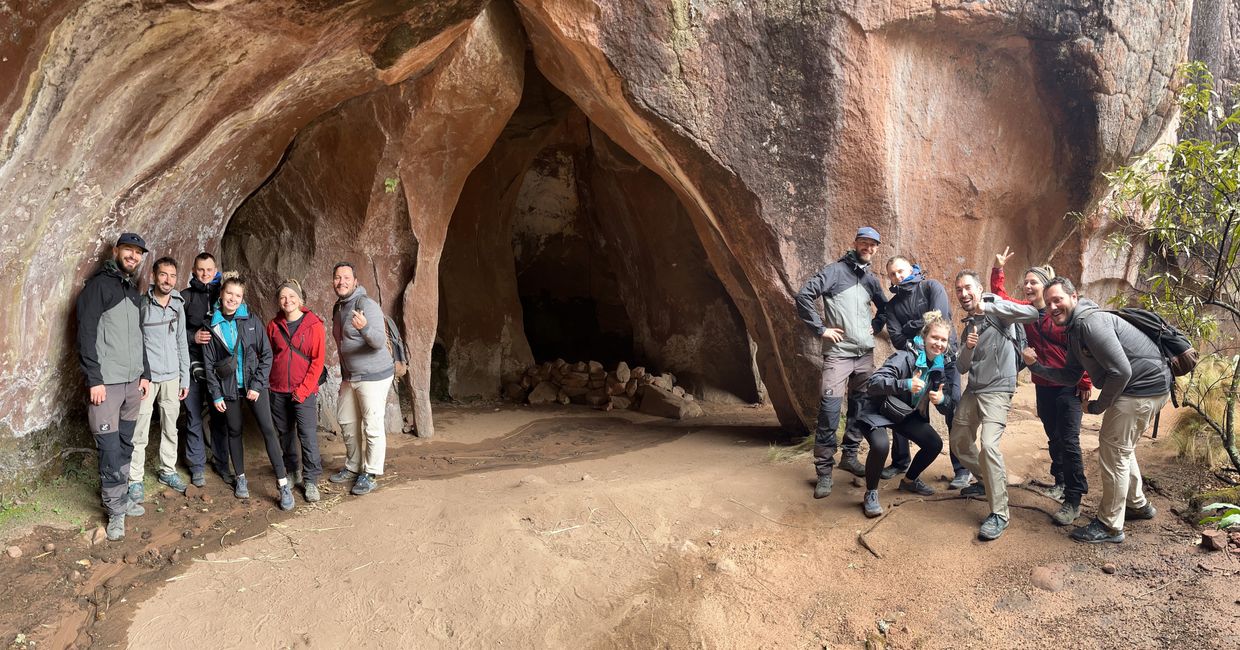
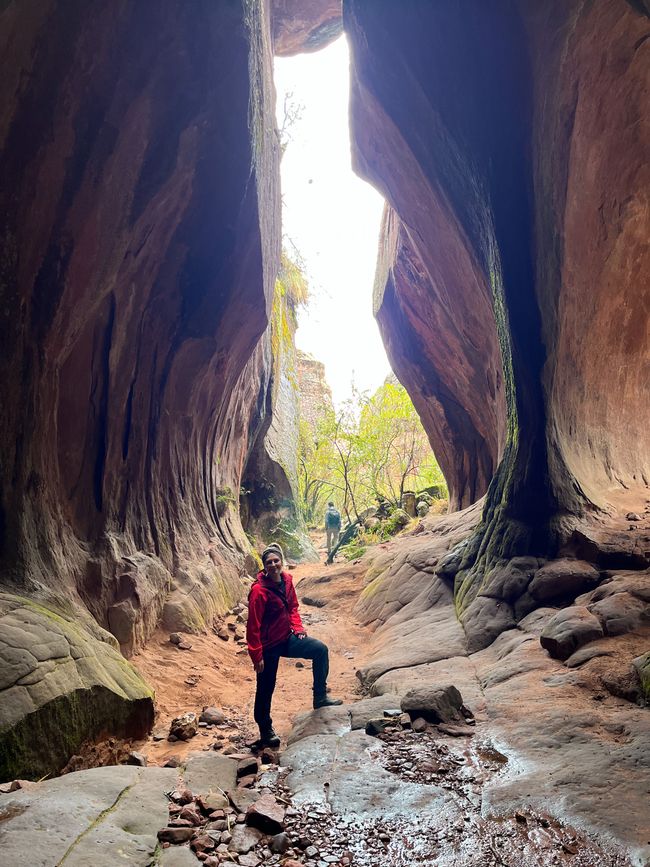
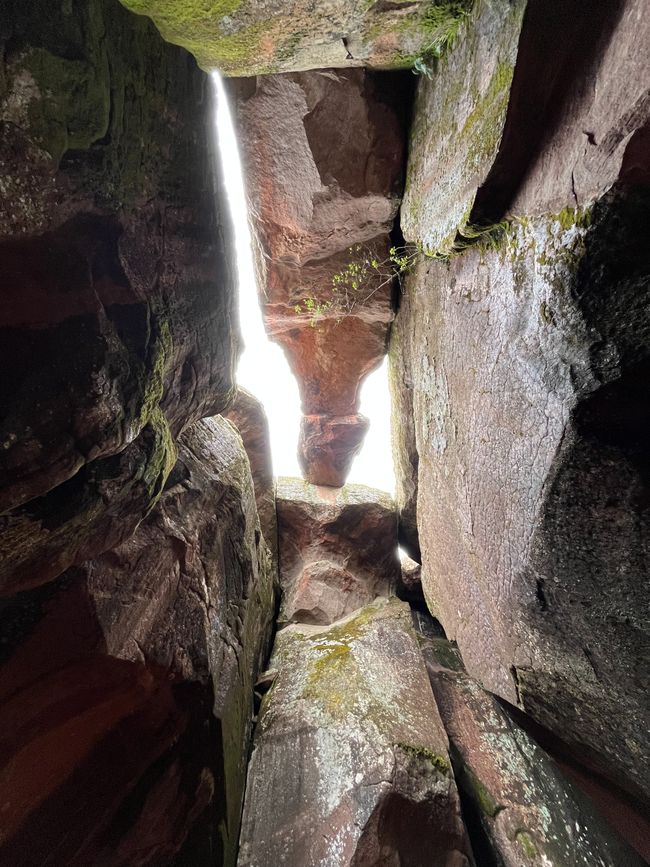
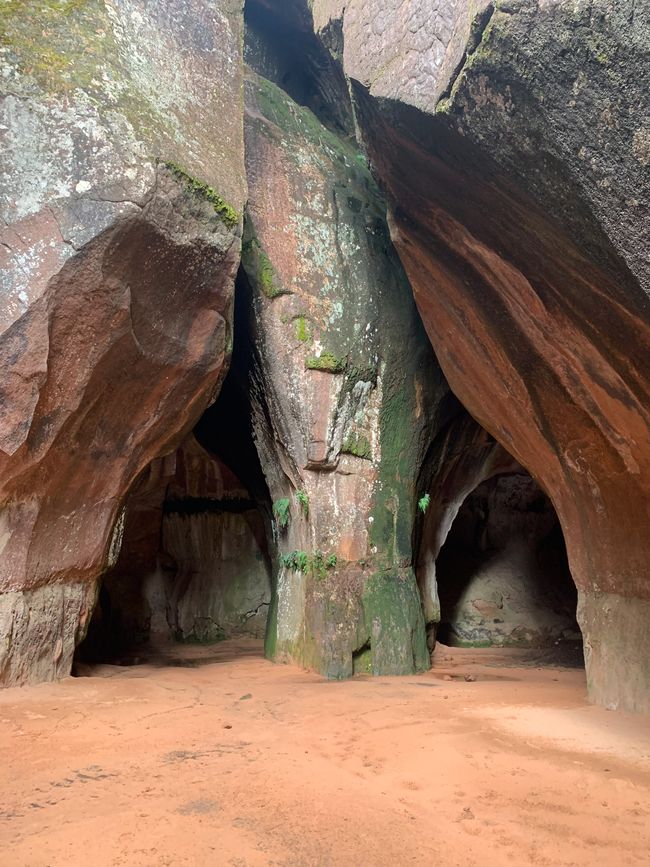
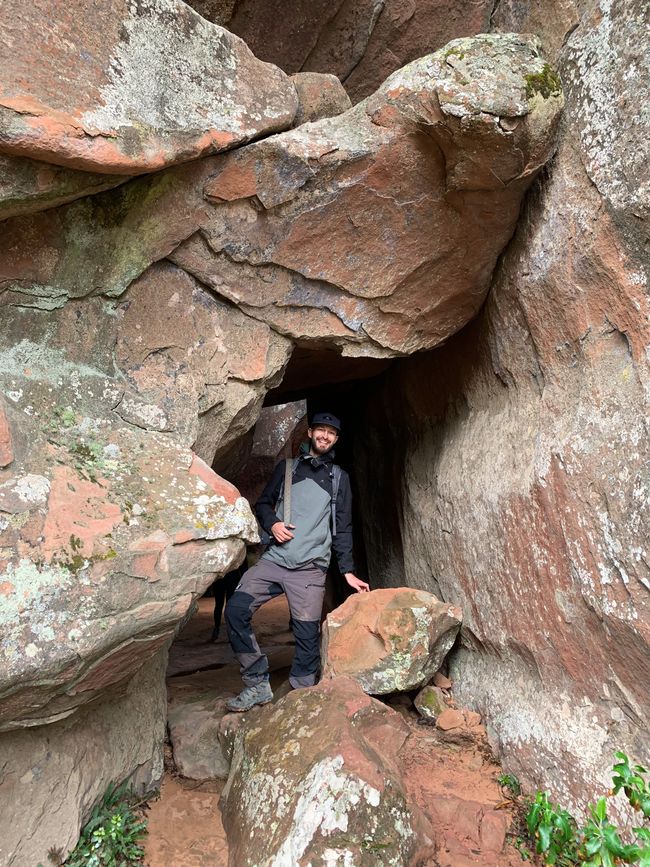
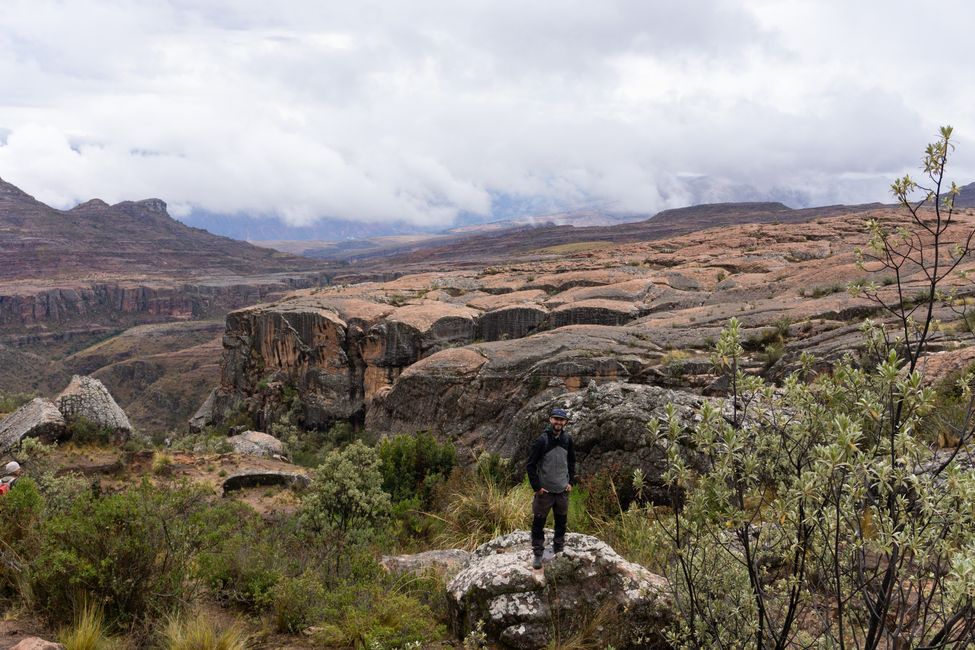
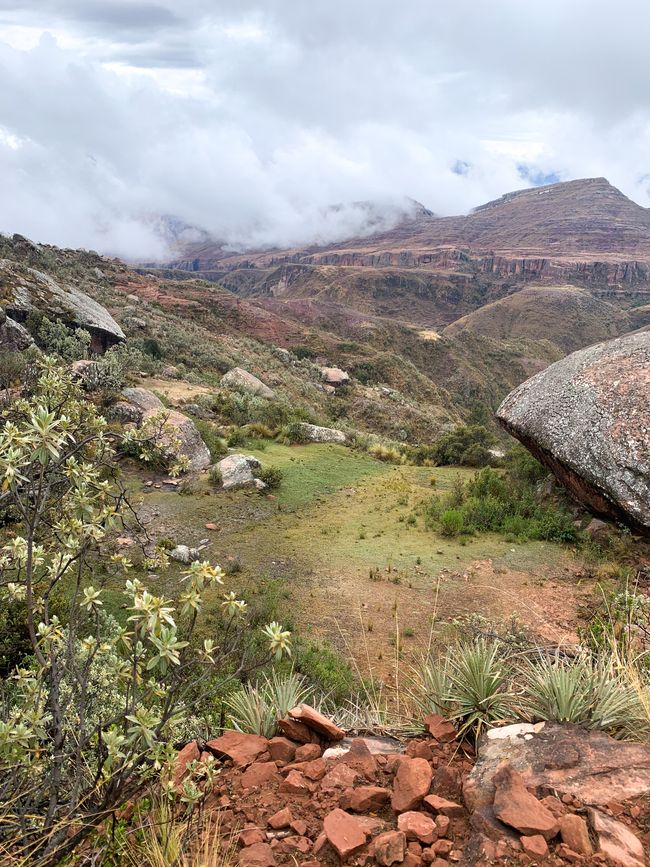
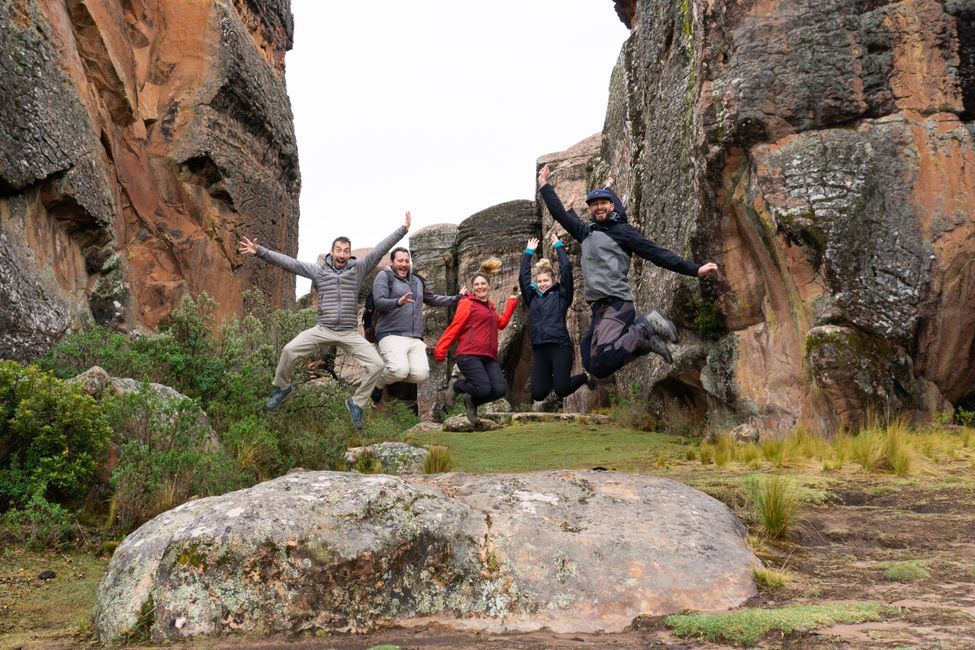
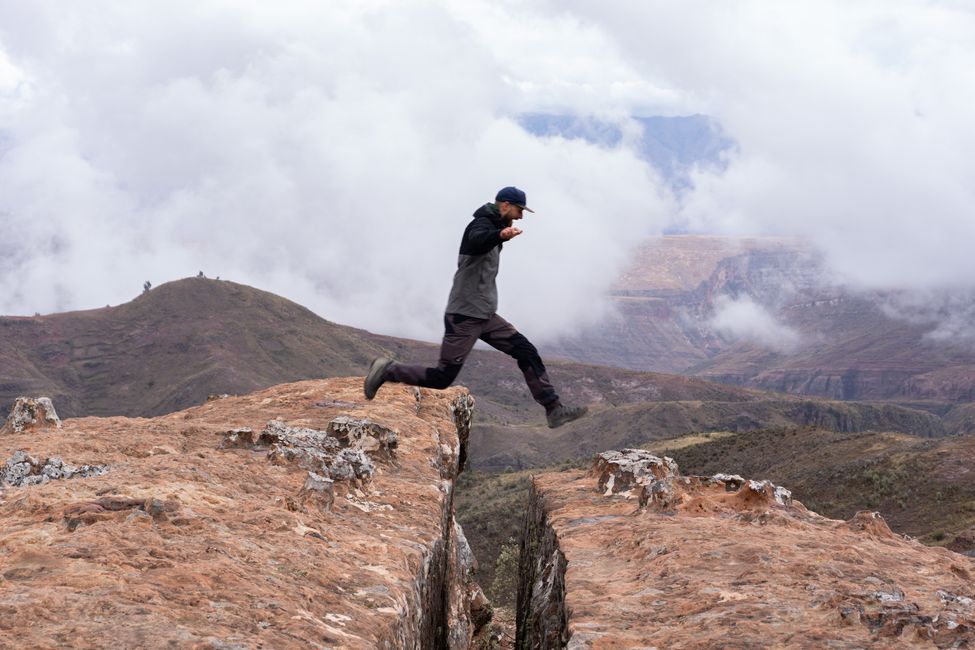
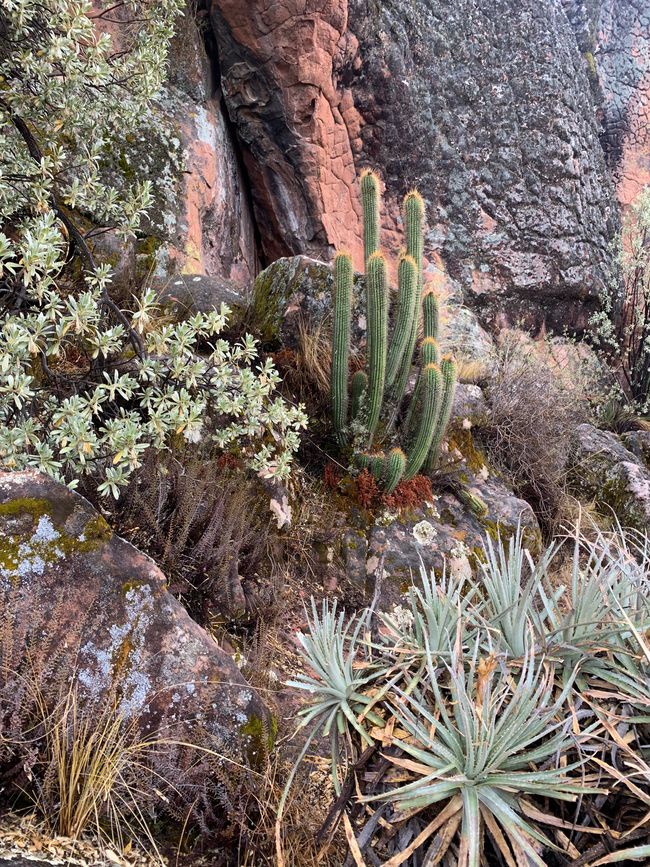
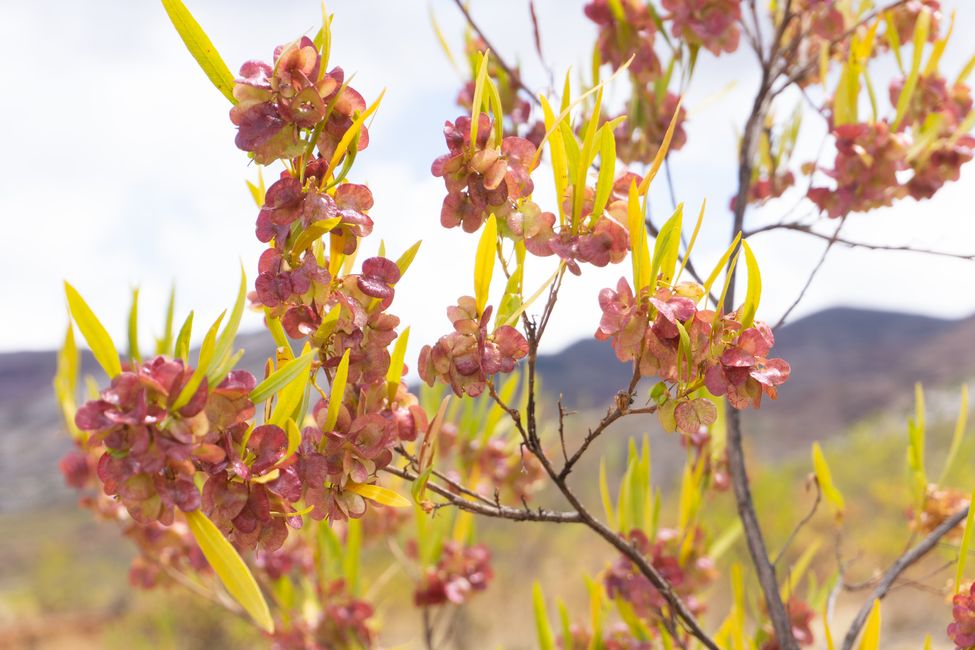
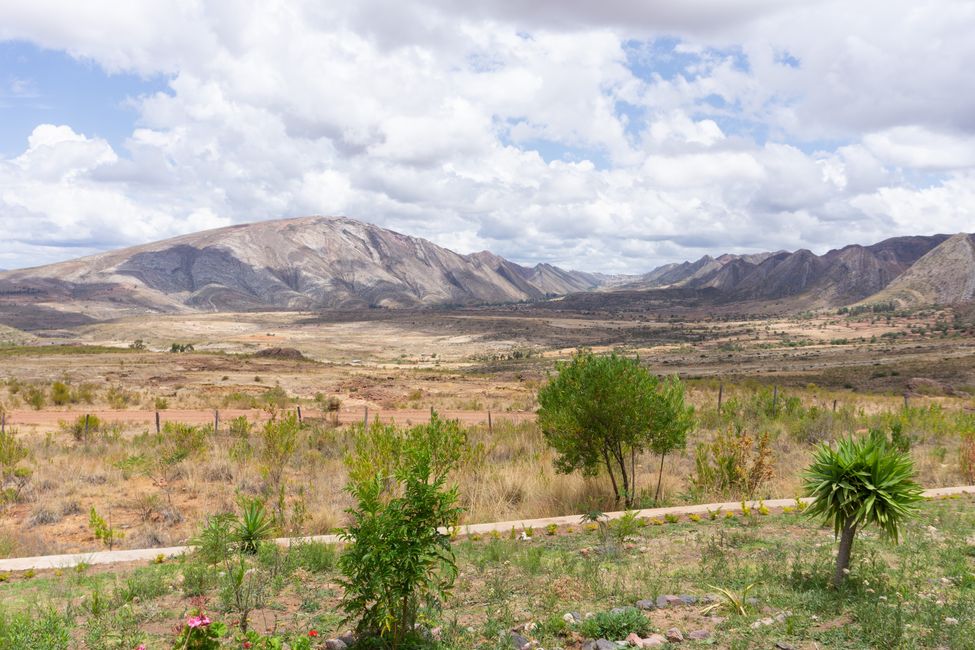
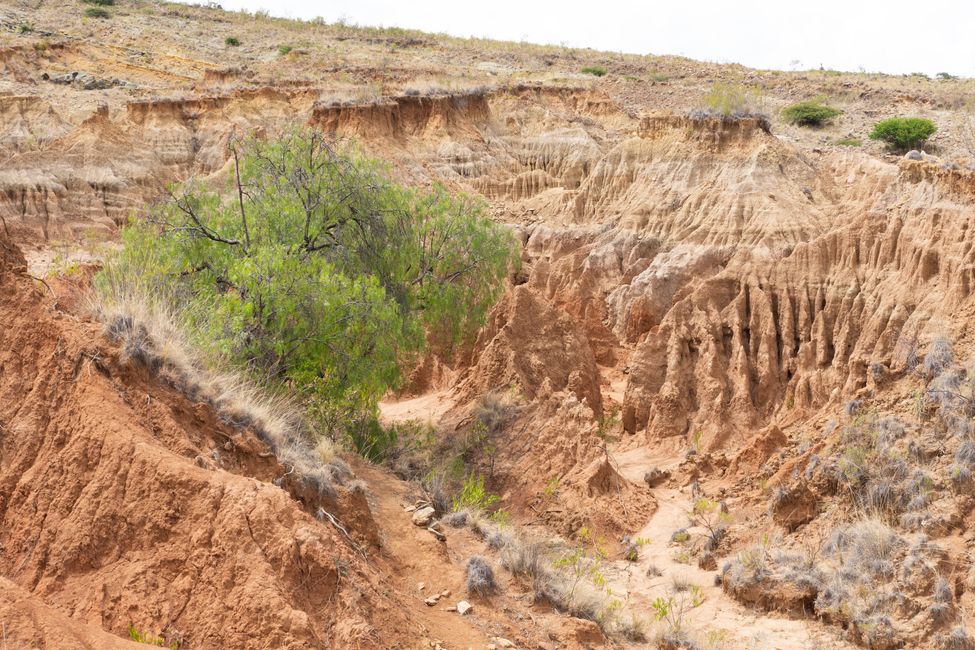
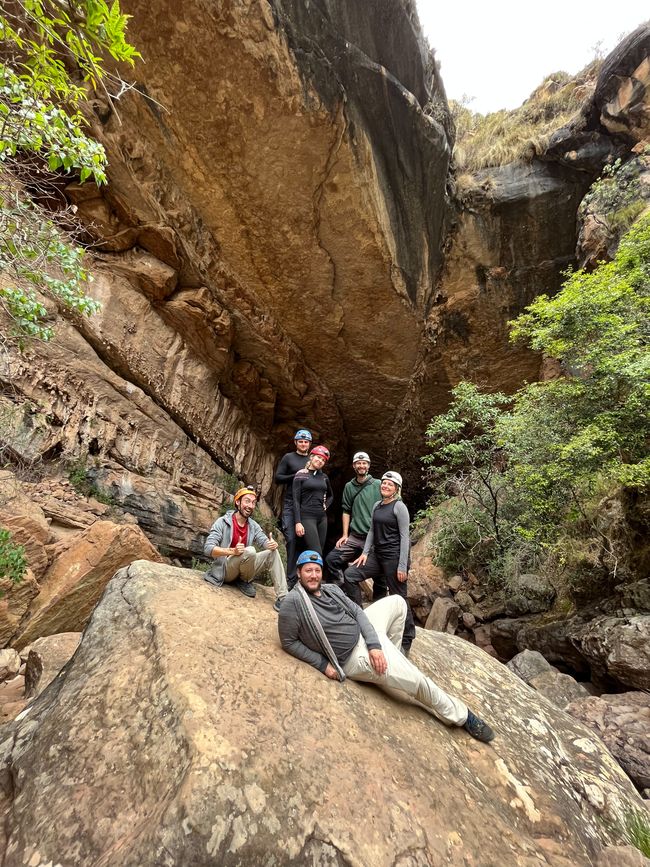
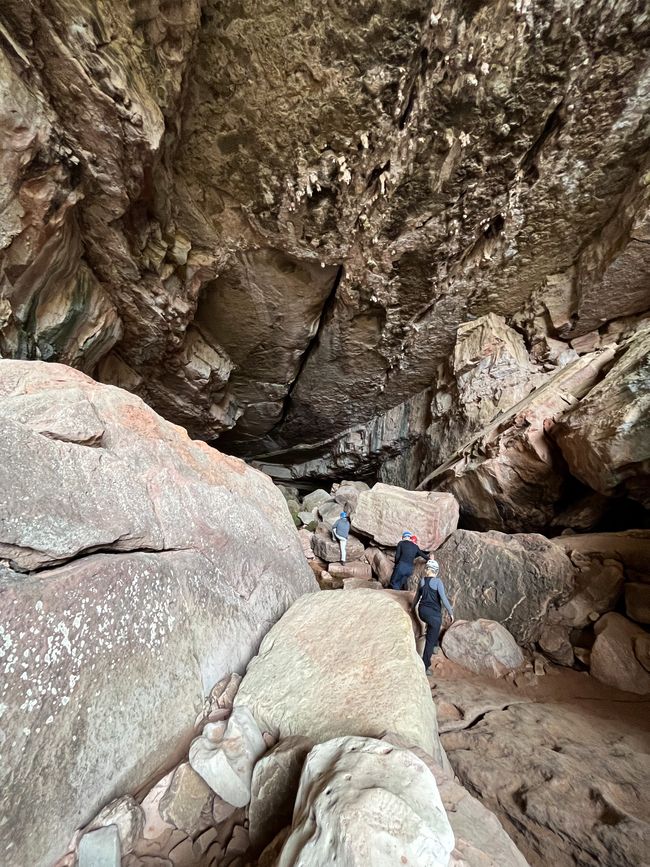
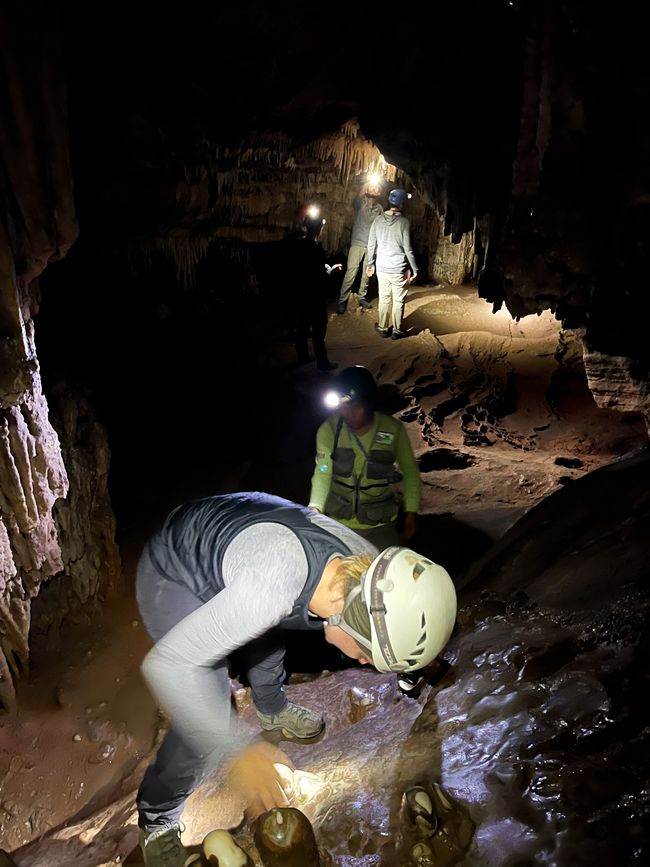
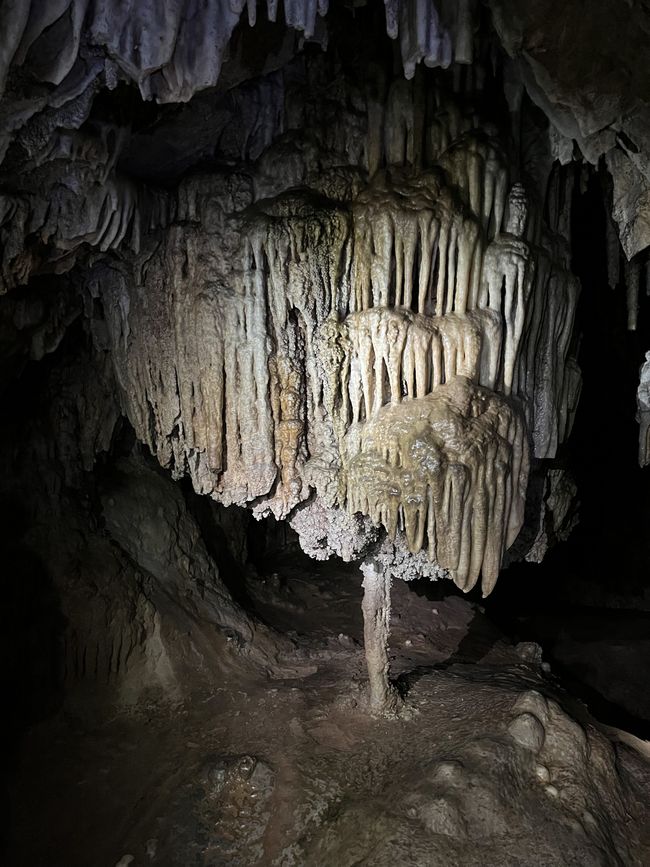
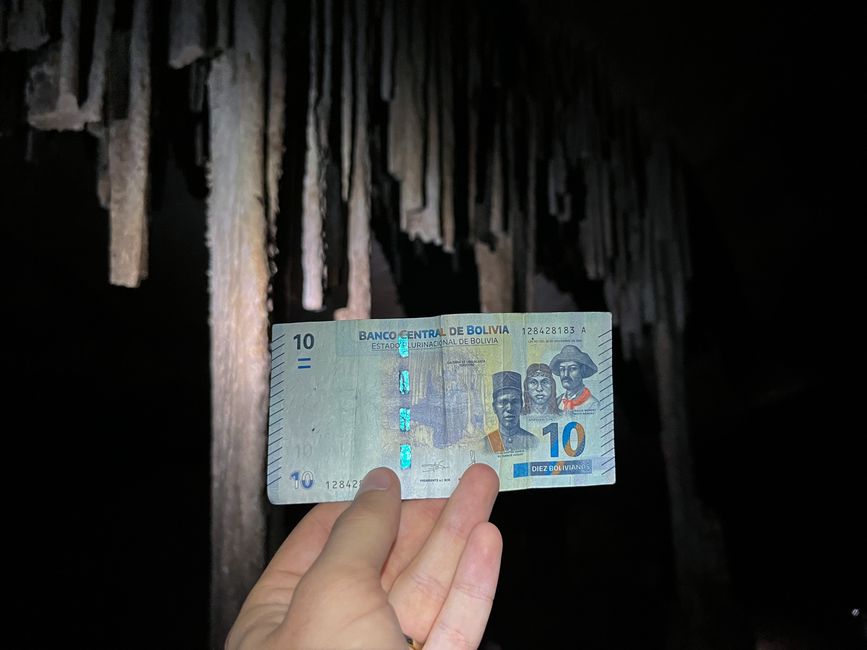
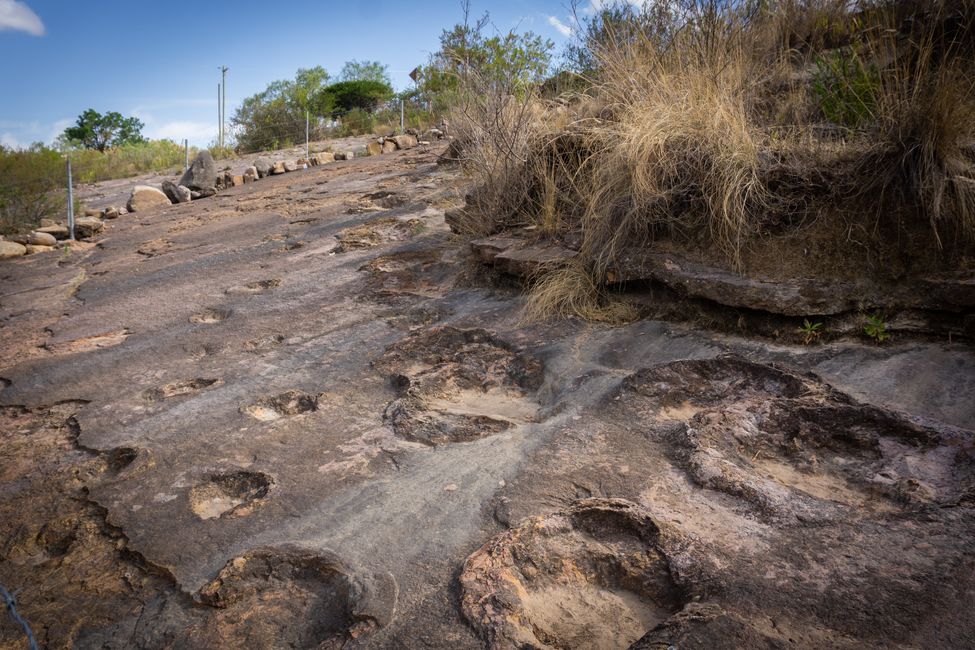
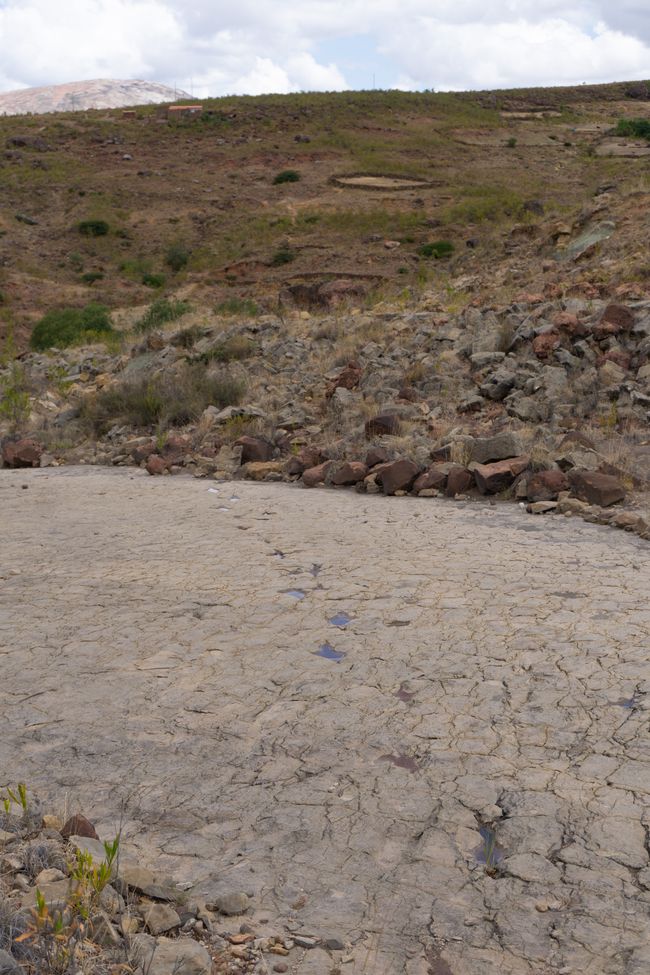
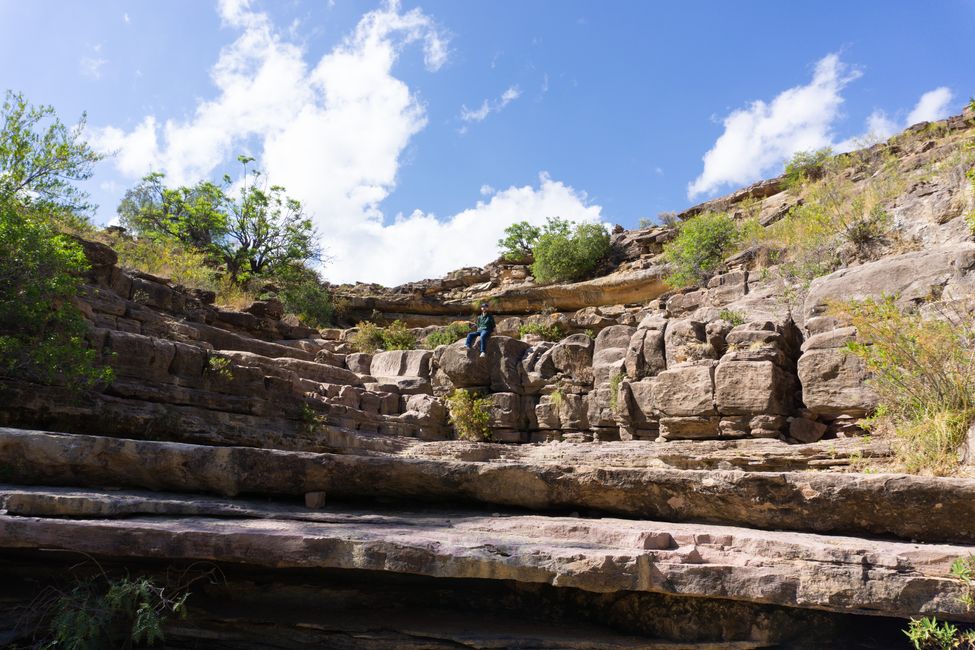
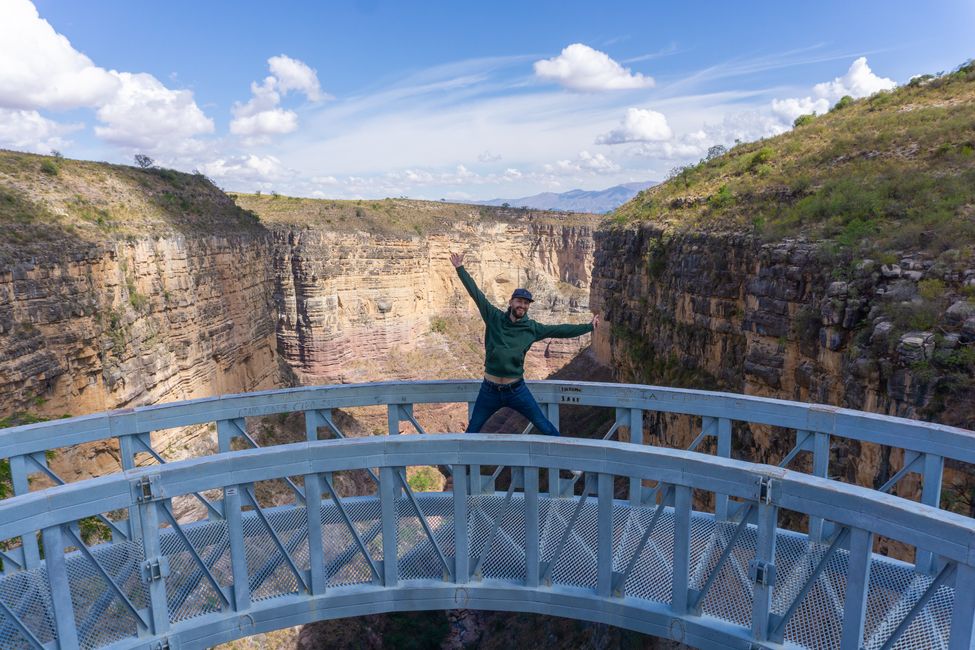
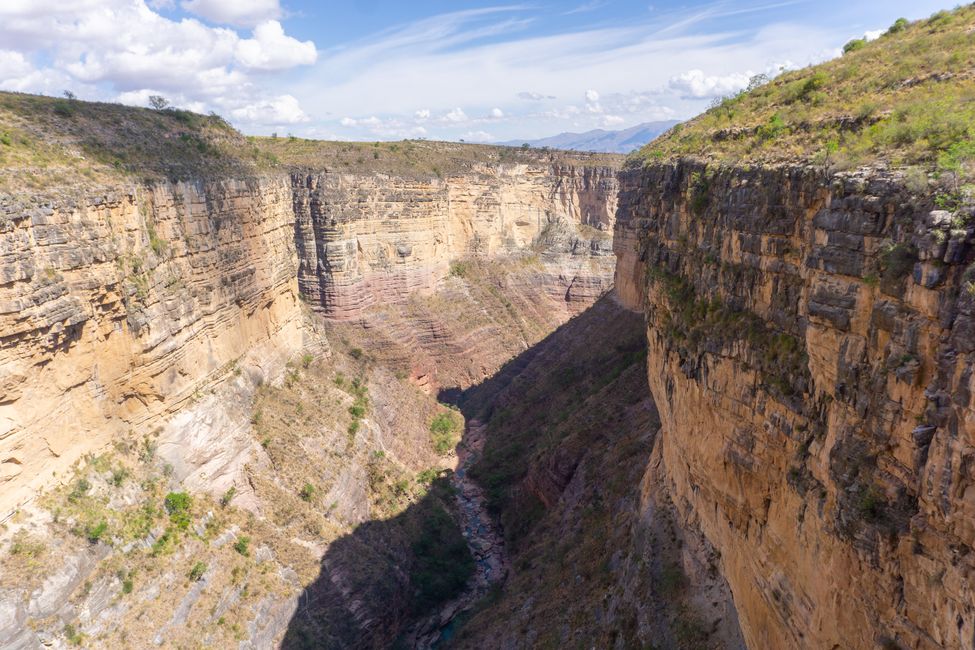
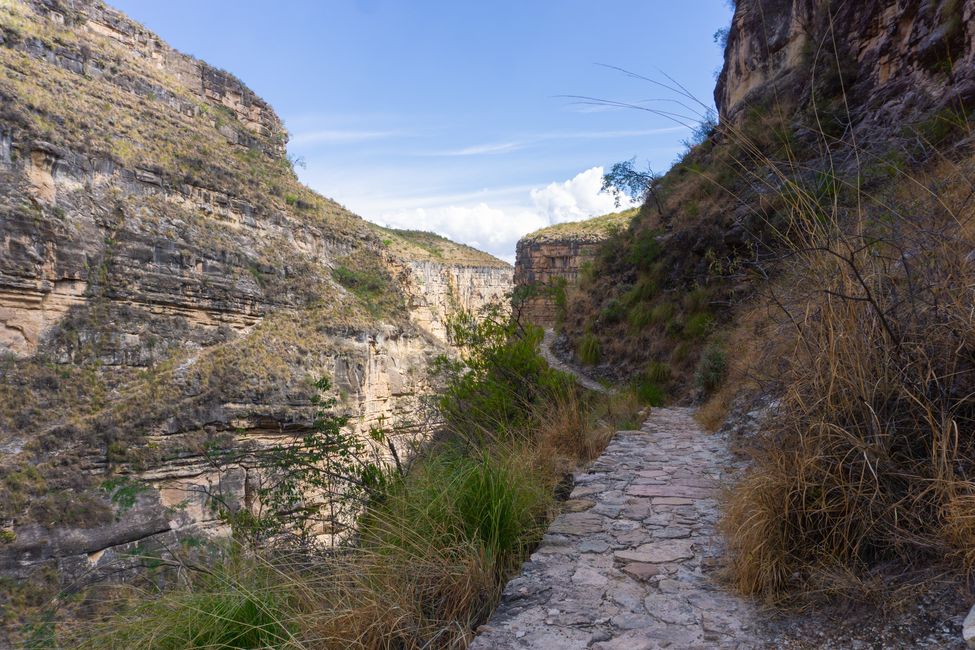
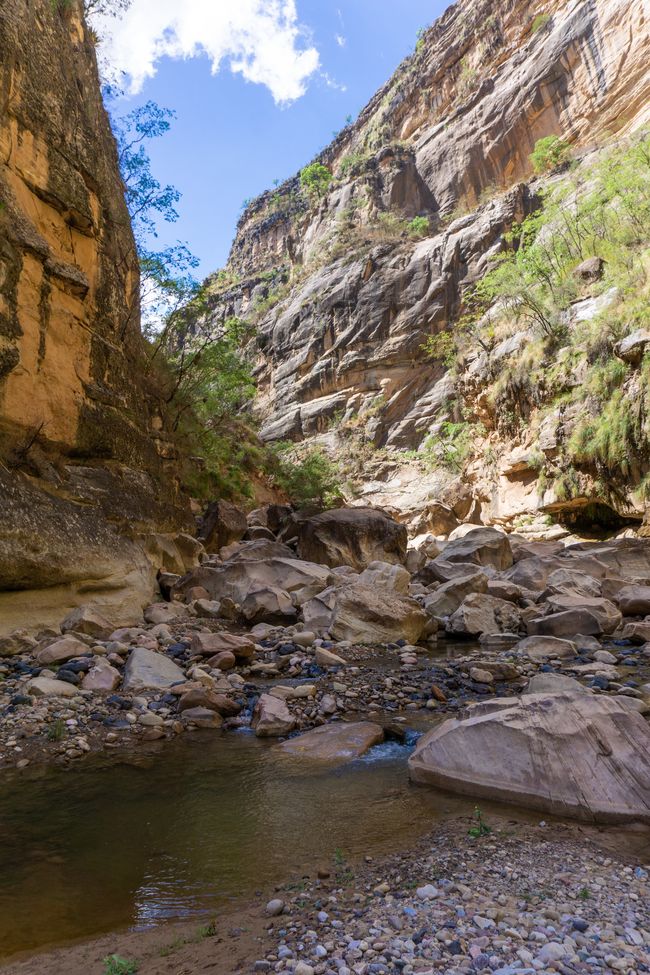
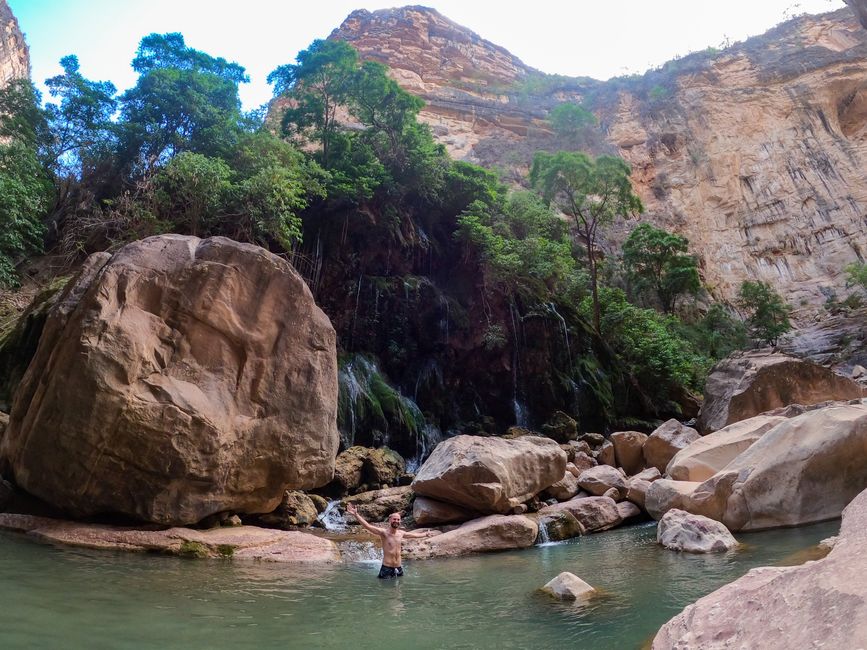
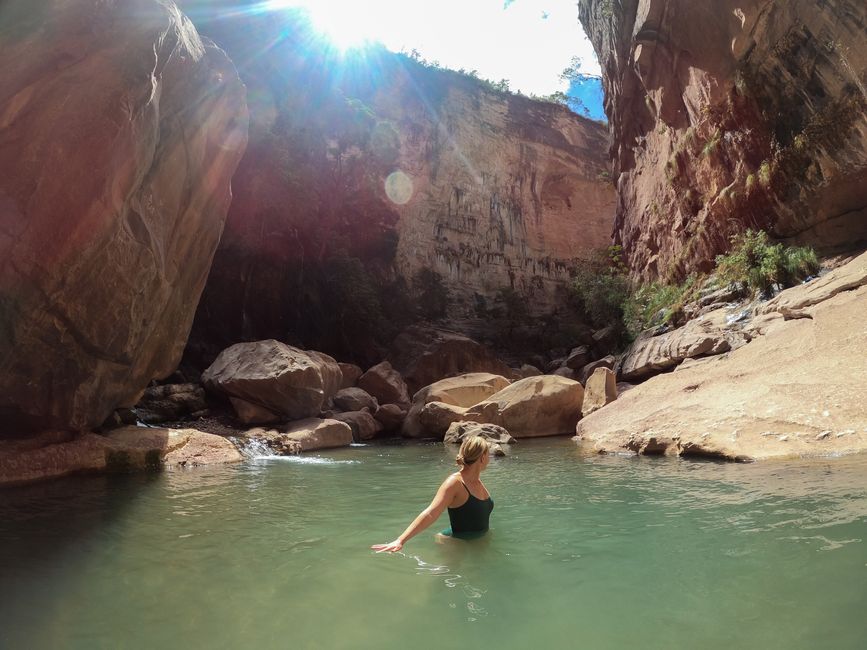
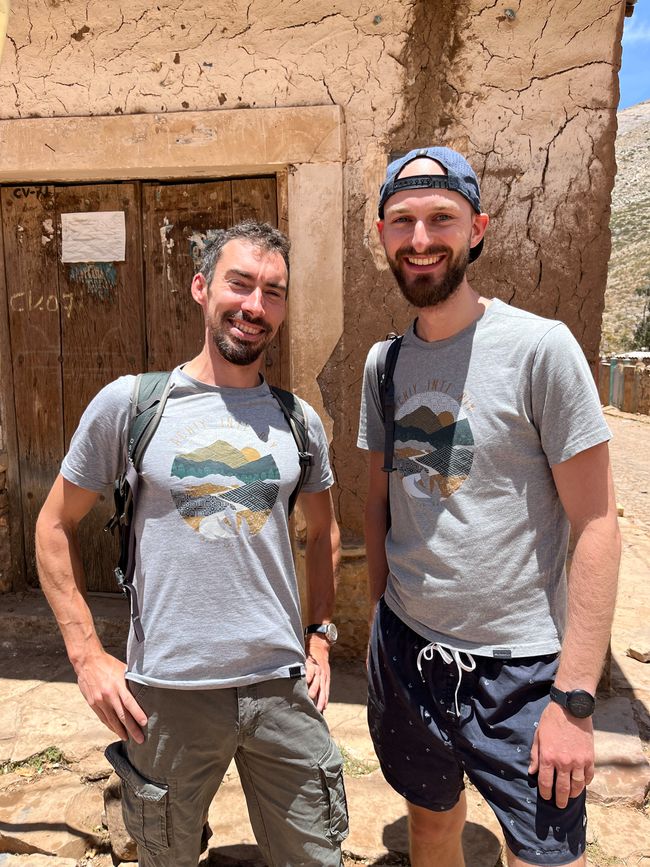
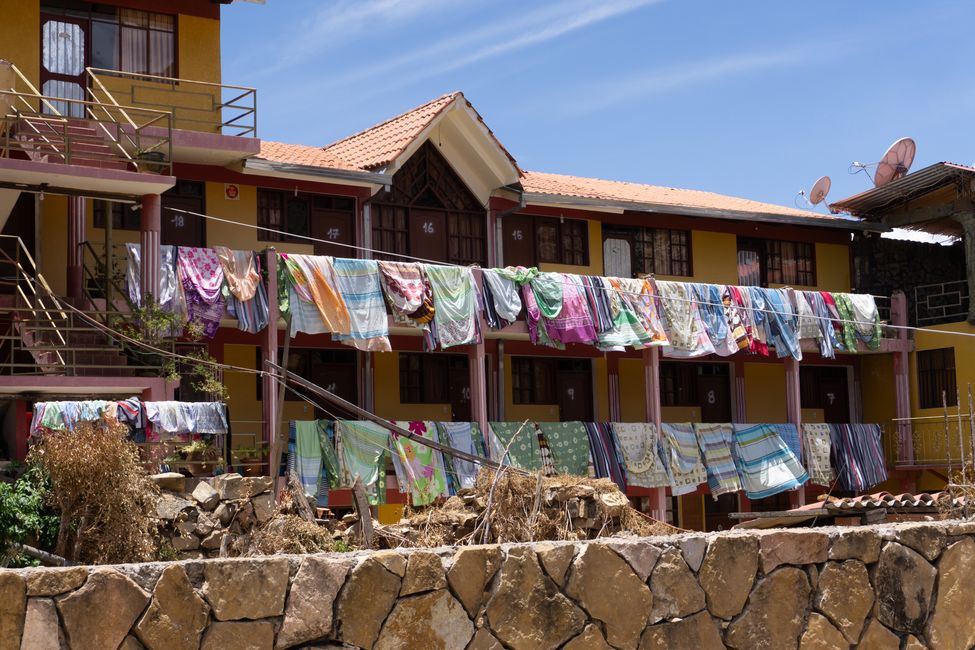
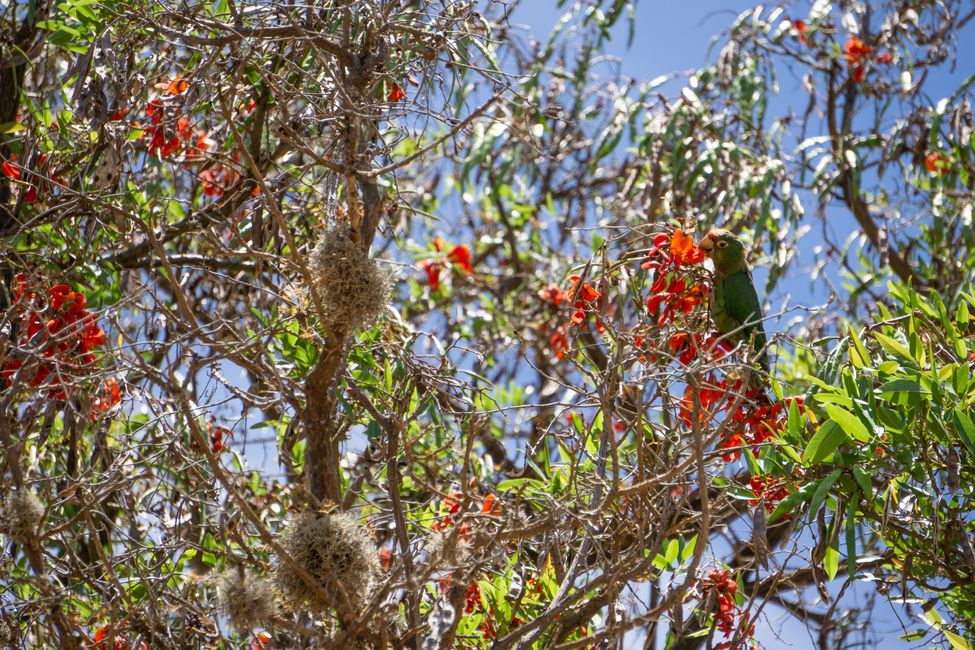
समाचार पत्रिका के लिए सदस्यता लें
First, we stop in Cochabamba, a modern but somewhat nondescript city. Nevertheless, the culinary scene here is quite enjoyable. After a night, we continue directly to Torotoro, which was highly recommended to us.

The next day, after a good breakfast, we take a minivan for a few hours on a surprisingly good road to Torotoro. The last half hour is a bit bumpy as we continue to climb higher. We are treated to a fantastic view of unreal red landscapes that alternate like the Rainbow Mountains with different minerals.
In Torotoro, they are incredibly proud of the dinosaur tracks found in the area, and they show it everywhere: a 3D T-Rex on the facade of the town hall, dinosaur decorations on various other buildings and parks, dinosaur tracks on house walls,...

Of course, we want to see the real tracks too and we set out to look for tour operators, but unfortunately, they have all closed. In a restaurant, we finally meet other travelers, who are really rare in the low season. We make plans with them to meet the next day at the guide base.
In addition to Julien and Kevin from France, Piotr and Izabella from Poland join our group, and we get along really well with them. So, we distract ourselves with uninterrupted conversations to ignore the fact that the weather is getting worse and the car keeps sliding on the muddy road. While several vehicles get stuck on the narrow, unpaved road, we dangerously sway around the corners and are relieved when we arrive at the starting point parking lot.

We take a 2-hour tour through the bizarre rock formations, caves, and canyons of Ciudad de Ita. We see rocks shaped like elephants, turtles, and fish, discover very ancient cave paintings, small hare-like biscachas, and climb up viewpoints. Unfortunately, it is very foggy and rainy today, but the landscape here is still beautiful.

After lunch, equipped with helmets and headlamps, we explore the narrow stalactite caves of the region. And when we say narrow, we mean really narrow! Sometimes we can only crawl on our bellies through cracks in the rocks or tackle steep sections half sliding, half climbing. Finally, we reach an underground waterfall, in which there are small fish that have evolved since the dinosaur era. This is the lowest point of today's tour after descending 118 meters. So, we climb everything back up and are grateful that we don't suffer from claustrophobia...

In the evening, we enjoy French cuisine with real cheese and talk to Julien and Kevin about our favorite topic, travel.
The next day, we go alone with the guide from yesterday on a new tour to see the footprints of various dinosaurs with our own eyes and admire the nearby canyon.
Due to the special muddy-sticky substrate that prevailed here in ancient times, the dinosaur tracks could be particularly well preserved. It is really impressive to imagine that giant long-necked dinosaurs (sauropods), raptors (theropods), and some others (ornithopods and ankylosaurs) actually walked along here.

Then we continue to the viewpoint overlooking the 400-500m deep canyon and finally descend into the canyon over more than 600 steps. By now, it has gotten quite hot, and we are happy when we reach the river in the valley and can bathe at a beautiful waterfall. Except for us and the guide, we are alone and enjoy the sun, the sound of the water, and the chirping of birds. We feel a bit like in the movie Avatar, surrounded by this beautiful, peaceful nature.

But it's time to start the return journey via the exhausting and steep steps because today we still want to take the minibus back to Cochabamba and from there take the night bus to Sucre. It's a bit complicated, but the direct route to Sucre takes ages and is very expensive because it can only be accessed by 4x4 vehicles. So, today we will spend many hours in vehicles on our way to the real capital of Bolivia: off to Sucre!
समाचार पत्रिका के लिए सदस्यता लें
उत्तर

यात्रा रिपोर्ट बोलीविया
